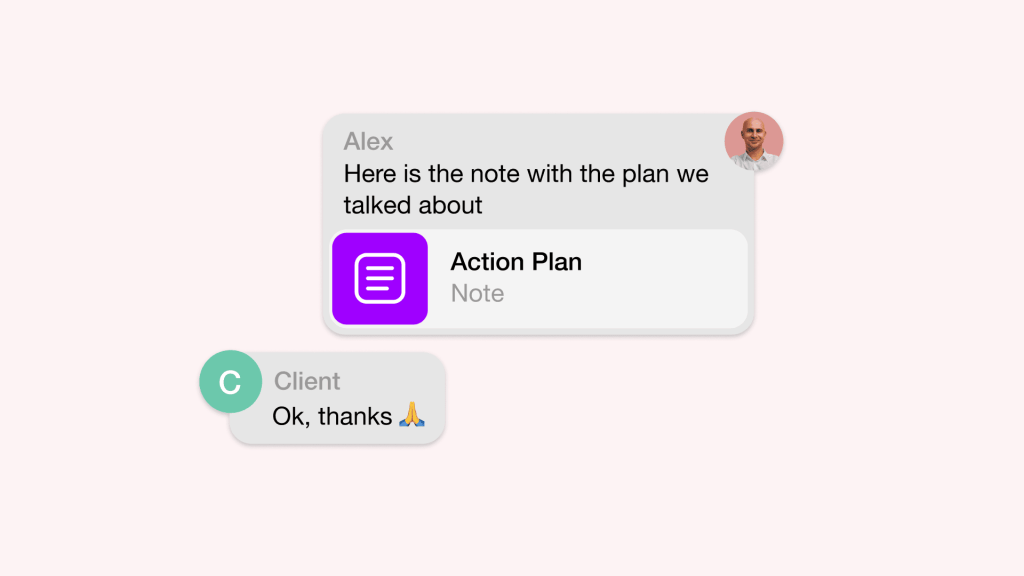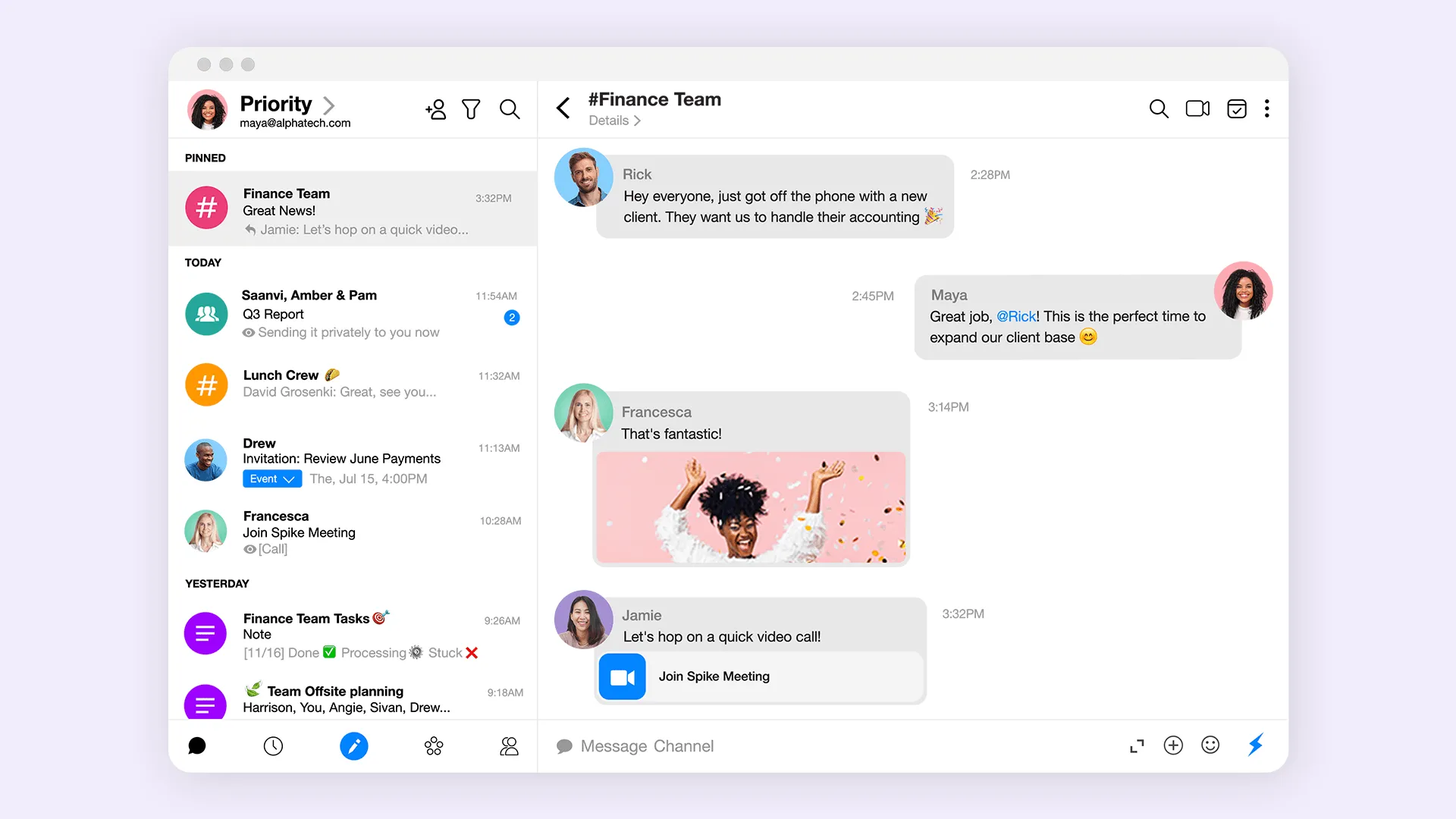Why simpler email communication wins

You write an email. Delete half of it. Add “Hope this finds you well.” Delete that. Add “Just circling back.” Delete that too. Ten minutes later, you send something that sounds nothing like you.
This isn’t about having too many messages. It’s about the exhausting performance each one demands. The code-switching between how you actually think and the professional voice you’ve been trained to use. The mental gymnastics of translating “hey, what about this?” into “I wanted to touch base regarding our previous discussion and explore potential synergies moving forward.”
Every email becomes a small act of theater, and everyone’s acting at once.
You perform professionalism through linguistic padding, excessive politeness, and defensive hedging. You write “per my last email” when you mean “you didn’t read what I sent.” You add “please advise at your earliest convenience” when you mean “I need an answer today.”
This performative friction slows everything down. Response times stretch because writing takes longer when you’re constantly translating yourself. Hesitation creeps in as you second-guess tone. The distance between what you mean and what you write grows wider with every exchange.
But here’s what changes everything: when teams drop the performance and communicate conversationally, something remarkable happens.
People start sounding like themselves again.
Messages become clearer because they’re more direct. Responses get faster because there’s less to decode. The artificial barrier between “work voice” and “real voice” dissolves.
Simpler communication wins because it aligns with how humans naturally think and talk. The brain doesn’t process information in corporate speak. It processes in conversation.
Why do we talk like robots at work?
Workplace email didn’t evolve naturally. It inherited its DNA from a different era entirely.
When email entered offices in the 1980s, it borrowed its etiquette from business letters. Those letters borrowed from Victorian correspondence.
We’re using communication norms designed for quill pens in an age of instant messaging.
Think about the architecture of a traditional email: the formal greeting, the context-setting introduction, the carefully structured body paragraphs, the polite closing, the signature block with title and contact information. This structure made sense when letters took weeks to deliver and might be your only contact with someone for months.
It makes no sense when you’re messaging a colleague sitting ten feet away.
Professional insecurity amplified these inherited formalities.
New to the workforce? Better sound extra professional. Unsure of your standing? Add more qualifiers. Worried about being taken seriously? Inflate your language. We learned to equate wordiness with competence, formality with respect, complexity with intelligence.
- “I am writing to inquire” instead of “I’m wondering.”
- “Please find attached” instead of “here’s the file.”
- “Should you have any questions, please do not hesitate to contact me” instead of “let me know if you need anything.”
This linguistic overcompensation has measurable costs. McKinsey research found that knowledge workers spend 28% of their workweek managing email, with nearly half that time devoted to decoding unclear communication. The average professional writes emails 36% longer than necessary, according to analysis of corporate communication patterns.
Every message padded with disclaimers, caveats, and ceremonial phrases. Every thought buried under layers of professional theater.
Conversational design reverses this completely. It strips away the inherited formalities and returns focus to the actual message. No more translating between your real voice and your work voice. You just communicate.
The science of email clarity
The human brain has limited processing power, and traditional email exhausts it unnecessarily.
Cognitive load theory, first established by educational psychologist John Sweller, explains why. Your working memory can only handle about four chunks of information simultaneously.
Every formal greeting, every piece of formatting, every “as per our discussion” uses up precious cognitive resources that should be focused on understanding the actual message.
When you read a traditional email, your brain processes multiple layers simultaneously:
- The ceremonial elements
- The actual content
- The subtext beneath the corporate speak
- The real intent behind the hedging
Four separate decoding tasks for one simple message.
The difference compounds with every exchange.
Stanford’s Language and Cognition Lab found that readers interpret tone more accurately in concise, informal phrasing than in formal syntax. When someone writes “this might not work,” you understand their concern immediately. When they write “I have some reservations about the viability of this approach,” you’re left guessing at the severity.
One feels natural while the other feels like work.
What happens when we communicate like ourselves
When teams abandon performative email for conversational communication, the transformation is immediate and measurable.
Response times accelerate dramatically. Without the overhead of crafting formal responses, people reply in minutes instead of hours. The endless loops of clarification vanish when people write what they actually mean. No more “what did you mean by…” threads. No more meetings to decode email exchanges.
Intent becomes transparent because the language is authentic. Trust strengthens when people sound like themselves. The artificial distance created by formal communication dissolves. Team members report feeling more connected to colleagues they’ve never met in person than to people they shared traditional email with for years.
The psychological relief is profound. The mental energy previously spent on translation and performance gets redirected to actual work.
Creativity increases when you’re not constantly self-censoring.
The compound effect multiplies across organizations. When one team stops the performance, adjacent teams notice. They start responding more casually. The cultural permission spreads.
The design of conversational clarity

Spike didn’t just remove email’s unnecessary elements. It systematically redesigned communication around how humans naturally interact.
You don’t remember messages by subject lines. You remember people.
That’s why People Mode organizes your world around humans, not threads. When you think “what did Sarah say about the project?” you find it instantly. No searching through subject lines like “Re: Re: Fwd: Project Update v3 FINAL (2).”
The chat-like view eliminates the repetitive headers, signatures, and quoted text that clutter traditional email. Each message appears as a simple bubble of text. Your brain processes it like a conversation because that’s exactly what it looks like.
No visual noise. No cognitive overhead.
Spike’s AI works as your clarity amplifier. It summarizes long threads into clear insights, drafts responses in your natural tone, and extracts action items from meandering discussions. But it’s not about automation. It’s about removing the friction between thought and expression.
The unified feed brings all communication into one stream. Everything flows in one continuous conversation. Your brain maintains context instead of constantly rebuilding it.
A new generation is already rewriting the rules. They communicate conversationally by default. Asking them to adopt email’s artificial formality is like asking them to send a fax.
The organizations that recognize this shift will gain clarity in every dimension. Faster decisions. Stronger relationships. Better ideas. Not because they have better tools, but because they’ve removed the friction between thought and expression.
The only thing standing between you and clearer communication is the habit of performance.
The performance is over. Clarity wins.




